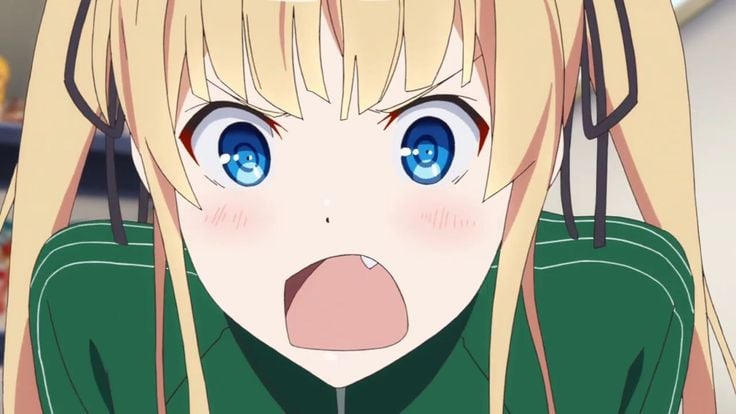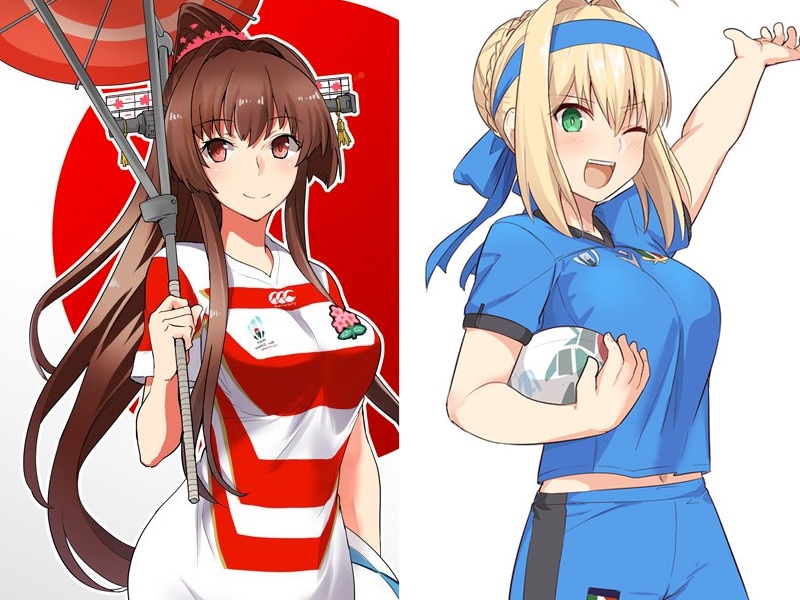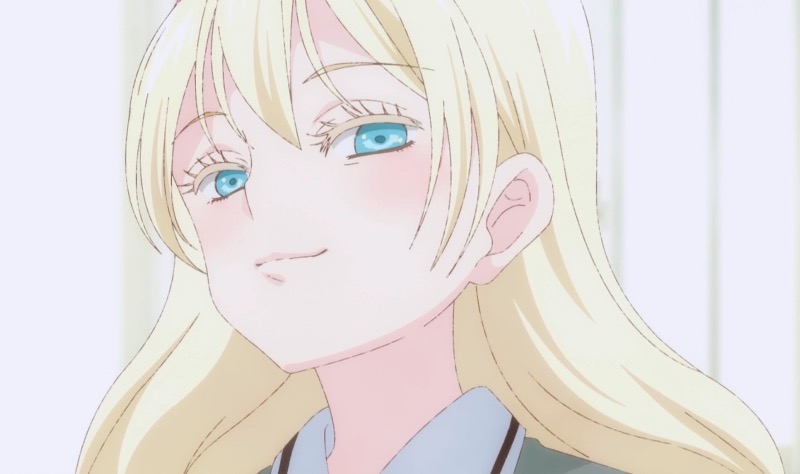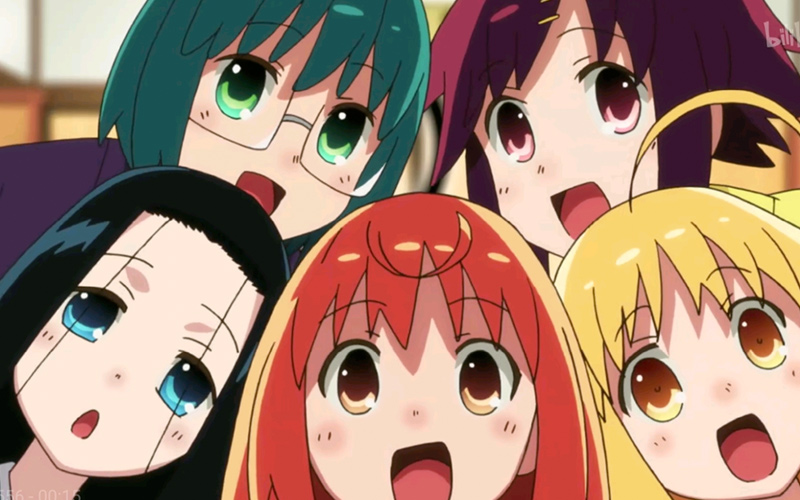I often write about how Japan is a homogeneous place in which 99% of the people consider themselves to be of the same genetic stock, despite the obvious variations in skin color, facial shape and body type among supposedly “pure” Japanese, who of course contain varying amounts of Mongolian, Korean, Ainu and other blood in their veins. This “myth of Japanese uniformity” may seem strange to Westerners, but in reality it’s a useful social tool that the Japanese have used to create a happy society ostensibly free of discrimination, since almost everyone is “included” in the overall social group as an equal. (This is the theory, anyway.) No matter how far this happy social umbrella may be stretched, though, there are certain groups within Japan that it just can’t cover, which include zainichi (“residing in Japan”) Koreans and Chinese, who in many cases were born and raised here yet don’t take Japanese citizenship for cultural reasons; Okinawans, who have a unique culture separate from Japan; the Ainu, the original residents of northern Japan; gaijin like me, living and doing various jobs here; and historically, burakumin, the “untouchables” who lived at the bottom of society.
Another group that doesn’t fit perfectly into the neat Japanese social fiber are the kikoku shijo, a word which literally means “girl children who have returned to Japan from a foreign country” and refers to any Japanese (male or female) who has come back to Japan after living abroad for several years when they were younger. These “returned Japanese” have a unique status in society here, since they naturally can’t be expected to fit in perfectly or write every kanji. Kikoku shijo people are supposedly “KY” — a Japanese word meaning kuuki yomenai or “can’t read the air,” meaning that these Japanese from overseas have trouble understanding the subtleties of social interaction all around them. It’s common for organizations to have special rules for these individuals, for example universities usually have separate entrance exams to allow a certain number of students who have lived abroad to enter. Anime is especially well populated with these “special” nihonjin, who often seem to be everything the Japanese themselves are not: tall with fiery Western features, fluent in foreign languages and given a free pass to act differently from everyone else. Some famous “returned Japanese” characters include Asuka Langley Soryu and Mari Illustrious Makinami (who may both also be haafu, a related trope as far as anime is concerned), and Kaede Kimura from Sayonara Zetsubou Sensei, who always manages to flash her underwear then threaten to sue anyone who happened to see.
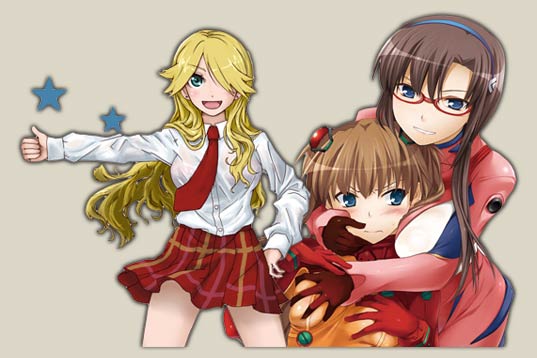
Anime is well populated with “returned Japanese.” Which is your favorite?



